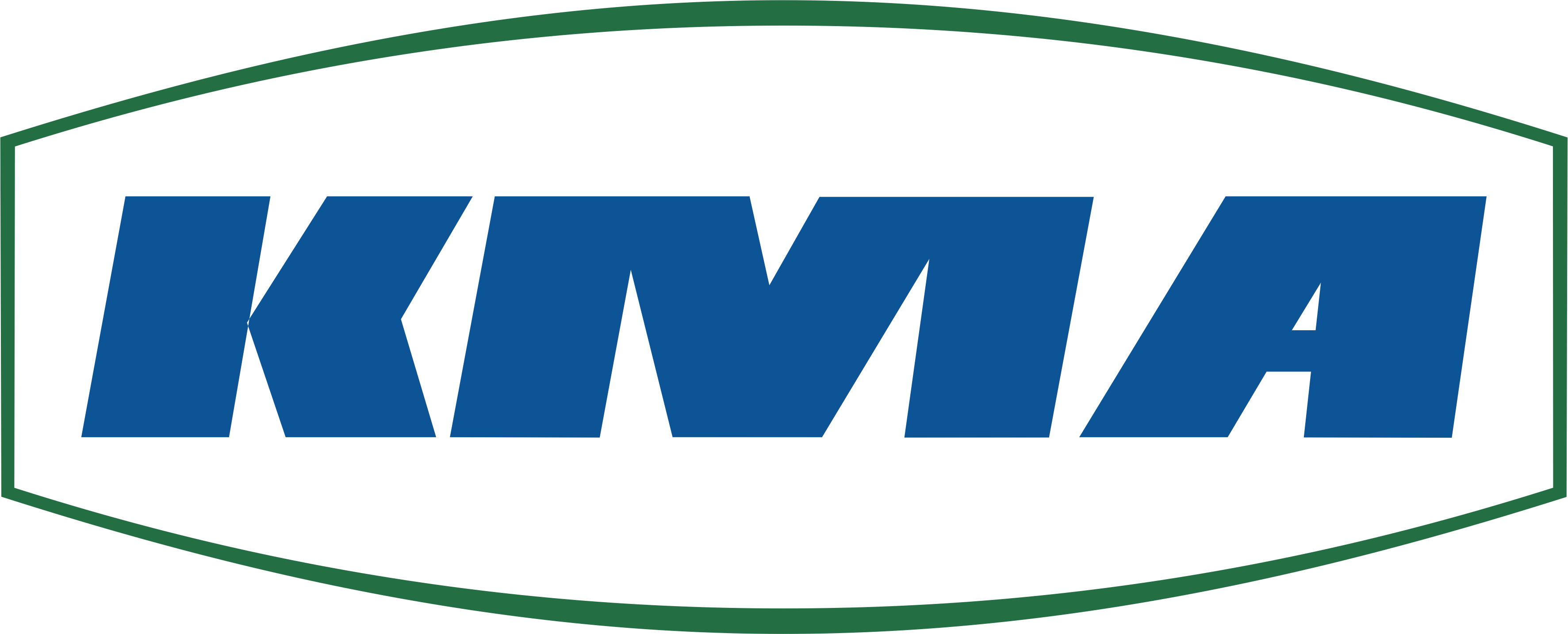Paris Agreement (Accord de Paris)
Paris Agreement (Accord de Paris)
At the Paris Climate Change Conference (COP 21) in 2015, the members of the United Nations Framework Convention on Climate Change (UNFCC) agreed on a new climate protection agreement to counteract man-made global warming. The long-term goal is to limit global warming to well below 2°C compared to the pre-industrial age, including efforts to limit global warming to 1.5°C. Researchers use the concept of a CO2 budget that, when implemented correctly, does not exceed a certain temperature mark. In addition, the member states made decisions to increase transparency, alignment and cooperation among states.
The Paris Agreement was ratified on 4 November 2016. It therefore succeeds the Kyoto Protocol. However, unlike the Kyoto Protocol, the Paris Agreement defines goals of climate protection and control at national level. Ratification obliges the states under international law to take measures in order to achieve the Agreement’s objectives. Every five years, the states take a global inventory control. Germany has set itself the ambitious goal of reducing greenhouse gas emissions by 40% by 2020 and 55% by 2030 compared to emission levels in 1990.
The 2018 Special Report of the Intergovernmental Panel on Climate Change (IPCC) also describes the role of industries in climate protection. According to the report, CO2 emissions from industrial processes have to be reduced by 75 to 90% by 2050 compared to 2010. As a result, companies worldwide are facing new requirements to reduce CO2 emissions and to increase the energy efficiency of production processes. Particularly in energy-intensive industries such as die casting or textile processing, companies face considerable amounts of CO2 as a waste product contained in the process exhaust air. Conventional exhaust air purification systems, such as thermal or catalytic thermal oxidation systems extract impurities and odor particles from the exhaust air, but are very energy- and cost-intensive as they require large amounts of energy, which also releases large amounts of CO2.
The high-performance exhaust air filtration systems by KMA Umwelttechnik offer an energy-efficient alternative. KMA exhaust air filtration systems reduce the energy consumption required to operate the filtration system by more than 90% compared to a thermal oxidation. Despite its low energy consumption, the separation efficiency is up to 99.8%. The energy consumption of an electrostatic precipitator cell corresponds to that of a 100 W light bulb – with an average exhaust air volume of 5000 m3/h. If the exhaust air filtration system is then combined with a heat recovery system consisting of a heat exchanger and thermal heat pump, additional energy can be recovered from the exhaust air stream which would have previously remained unused. The recovered energy can be used for subsequent processes in order to further reduce the energy consumption of the production. This energy-efficient alternative contributes significantly to reducing CO2 emissions and helps industries to achieve the climate change goals listed in the Paris Agreement.







